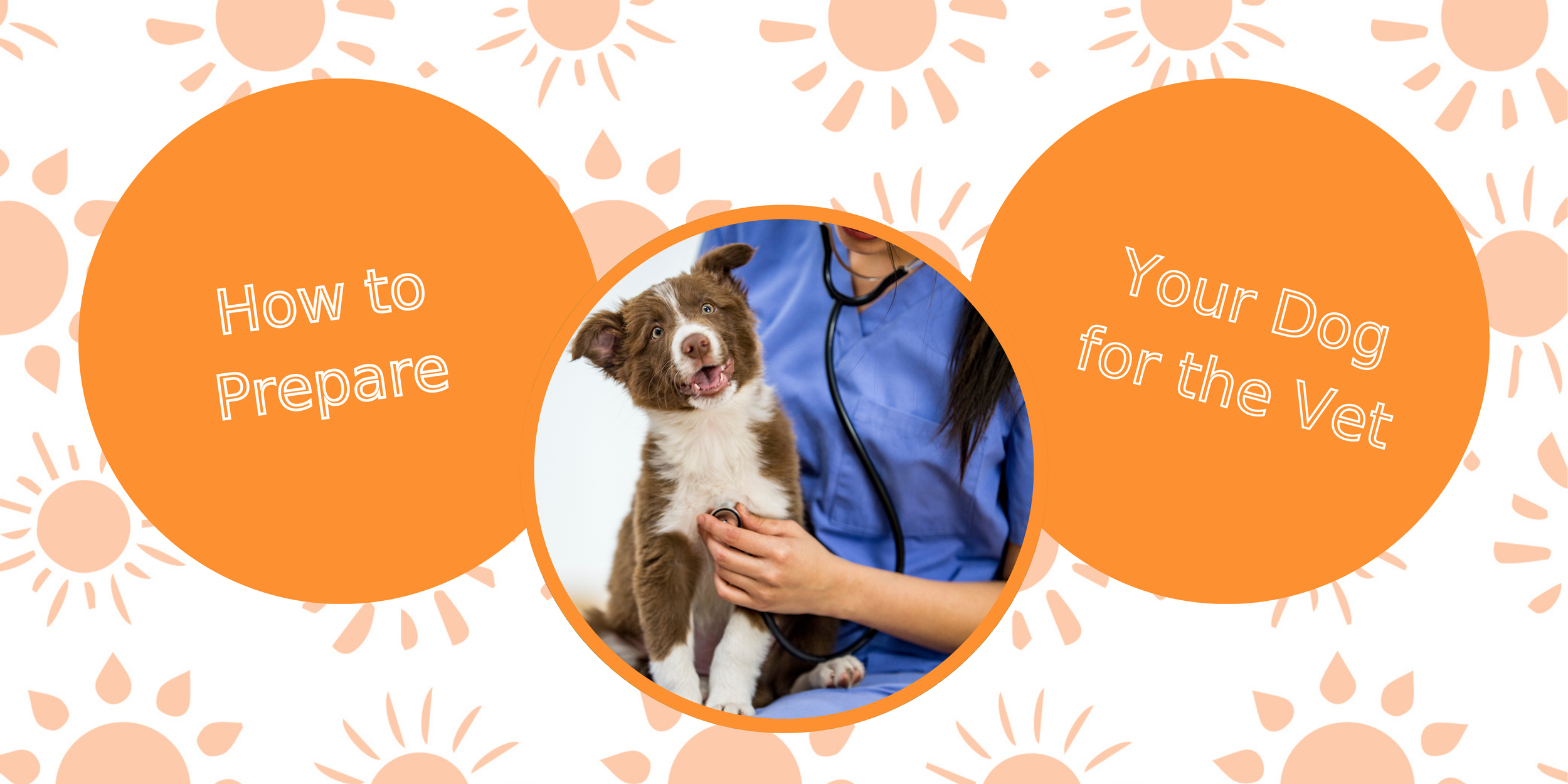How to Prepare Your Puppy for the Vet
Before your puppy's first needle prick or thermometer reading, know what makes veterinary visits successful.
Vet anxiety doesn't happen overnight.
It builds from negative associations, unfamiliar handling, and overwhelming environments that could have been prevented with the right preparation.
Whether you're scheduling vaccinations or wellness checkups, understanding how to create positive veterinary experiences will benefit your puppy for life.
Here's what every puppy parent needs to know about fear-free vet preparation, backed by insights from our certified trainers.
Why Vet Preparation for Your Puppy Matters
Your Puppy's First Impressions Stick
Puppies form lasting associations during their critical socialization period (8-14 weeks). If their only veterinary experience involves being restrained while strangers poke them with needles, they will approach future visits with dread instead of curiosity.
Stress Impacts Medical Care Quality
An anxious puppy is harder to examine thoroughly. Veterinarians may rush procedures or miss subtle health indicators when dealing with a stressed, uncooperative patient. Calm puppies receive better care because they allow complete examinations.
Prevention Beats Correction
Teaching your puppy to enjoy veterinary visits is infinitely easier than rehabilitating a dog who already fears the vet's office.
Essential Strategies You Need for Vet Visit Success
1. Schedule "Happy Visits" Before Medical Needs
What is the most powerful tool in your preparation arsenal? The happy visit.
Ask your veterinarian if you can schedule brief drop-in visits where your puppy simply explores the space, meets staff, and enjoys treats without medical procedures involved.
During these visits, your puppy can:
Sniff around waiting areas and examination rooms
Meet veterinary team members in a relaxed context
Practice walking on slippery floors and being lifted onto exam tables
Build positive associations with the clinic environment
💡 Dog Trainer tip: Bring your own high-value snacks in a treat pouch so you can reinforce calm behavior throughout the visit.
2. Choose a Fear-Free Certified Veterinarian
Not all veterinary practices prioritize emotional well-being alongside physical health. Seek out Fear-Free Certified veterinarians who understand that a calm puppy is a safer, healthier puppy.
Fear-Free certified professionals use:
Pheromone diffusers to reduce anxiety
Non-slip mats on examination tables
Gentle restraint techniques
Treats and positive reinforcement during procedures
→ Find a Fear-Free Certified Vet in your area
3. Practice Handling at Home Daily
Confidence doesn’t start at the clinic, it begins at home. Your puppy needs to be comfortable with the type of handling they will experience during examinations.
Make it part of your daily routine:
Basic Handling Exercises:
Lift and examine each paw (simulating nail trims and pad checks)
Gently open their mouth and look at teeth
Touch ears, tail, and belly areas
Practice standing still on elevated surfaces
Get them comfortable being lifted and positioned
💡 Dog Trainer tip: Tools like lick mats or chew toys can help your puppy stay relaxed during grooming or basic exams.
4. Socialize with Different People
While we don't encourage puppies to meet other dogs on leash in veterinary settings, meeting diverse people is crucial preparation.
Expose your puppy to:
People wearing scrubs, lab coats, or uniforms
Individuals with different accessories (glasses, hats, masks)
Various ages and sizes
People moving equipment or carrying clipboards
Each positive human interaction builds confidence in meeting veterinary staff.
5. Desensitize to Veterinary Equipment
Many puppies startle at unfamiliar sights and sounds in veterinary clinics. Create positive associations at home:
Introduce your puppy to novel objects being brought toward them and walking on novel surfaces, like slippery tile and metal
Practice using a muzzle for cooperative care during calm moments, not just emergencies
💡 Dog Trainer tip: Remember, the goal is curiosity, not overwhelm. Keep sessions short and positive.
6. Bring the Right Gear for Success
Proper equipment supports stress-free veterinary visits:
Essential Items:
High-value treats that only appear during vet visits
A comfortable, secure harness from our Walking & Training Gear collection
Enrichment toys to keep your puppy occupied in waiting areas
A favorite blanket for comfort on examination tables
How to Advocate for Your Puppy During Vet Visits
Your most important job during veterinary visits? Speaking up for your puppy's emotional well-being.
When to Advocate for your puppy
Your puppy shows signs of overwhelming stress (panting, trembling, shutting down)
Procedures are being rushed without regard for comfort
Staff members seem impatient or dismissive of fear responses
Your instincts tell you something isn't right
How to Advocate for your puppy
Request breaks when stress levels escalate
Ask for modifications to handling techniques
Suggest rescheduling if your puppy needs more preparation time
Find a different veterinary practice if fear-free principles aren't respected
💡 Dog Trainer tip: Veterinary visits don't have to be overwhelming experiences. A good veterinarian welcomes your input and works collaboratively to ensure your puppy's comfort.
Great, Vet Preparation for Your Puppy is Complete
Your puppy’s first vet experiences shape how they’ll feel about medical care for years.
By preparing with happy visits, advocating during appointments, and choosing a Fear-Free Certified Vet, you’re building trust and comfort that lasts a lifetime.
Our certified dog trainers are just a message away if you’d like guidance on class enrollment, enrichment ideas, or gear recommendations.
For more puppy essentials, check out our hand-picked Puppy Necessities Collection →





